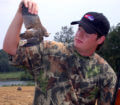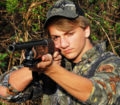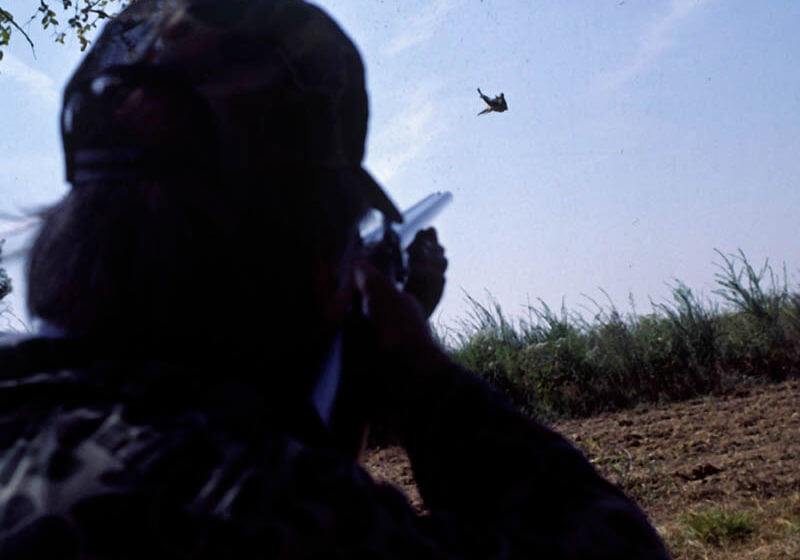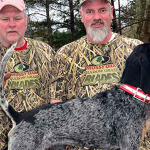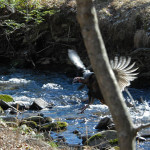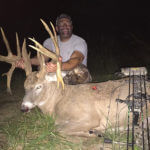Editor’s Note: My dove-hunting education while growing up began in a suburb of Birmingham, Alabama, called Wylam, about a block from my home. There was a big pasture with some hardwoods scattered throughout and a large reclaiming plant on one side, both owned by U.S. Steel. This area was a gathering place for elementary school boys to hunt, with us progressing from BB guns to .22 rifles and finally to .410 shotguns, which you can also get from your local gun shop. Our number-one target was doves. Many of the tactics I learned then still work today, and I’m always open to learning more ways to take doves.
 Successful deer hunters realize how important knowing how to pattern a deer’s movement is. You also must understand as much about doves as possible to enjoy the most success. You must identify:
Successful deer hunters realize how important knowing how to pattern a deer’s movement is. You also must understand as much about doves as possible to enjoy the most success. You must identify:
* Grit Sites – While boys, we realized that at certain times of the day, the doves would fly to the slag reclaiming plant to get grit for their craws to help grind up the food that they’d eaten. As we learned more each year about the doves we hunted, we noticed they had set routes they flew to the gravel they needed at the reclaiming plant. We set-up ambush points along those dove highways in the sky at the lowest points that the birds would fly on their way to the gravel.
* Water Holes – As with deer hunting, watering holes are another prime stand site to hone in on when dove hunting, especially early in the morning when the doves leave their roost sites and water before feeding in the middle of the day. The doves also go to water after feeding late in the afternoon, just before roosting.
* Roost Trees – Deer choose the best and safest bedding places, and doves will select the best roost trees. Where we hunted doves when I was a boy, on one part of the pasture’s edge, a long line of cedar trees were on top of and on the sides of a relatively tall hill. Studying the dove’s movement patterns, we learned that these cedar trees were the dove’s preferred roosting trees and places to raise their young. We observed as the doves went to the roost, they usually flew much slower and much closer to the ground than at any other time of the day, like deer cautiously moved to their bedding sites. We’d take stands on the edges of the cedar trees and bag the birds just before they reached their roost sites. Although we hunted 6 days a week (every day after school and all day on Saturday), we tried not to hunt a spot we previously had hunted that week, so, the doves wouldn’t stop coming to that particular site or change their flight pattern.
 * Lighting-In Trees and Power Lines –Doves select certain trees to light in to rest and to look for danger, when they’re not feeding, watering, graveling or roosting. Generally doves will congregate around a lighting-in tree at different times of the day. When one dove in the air spots another dove resting in a lighting-in tree, more than likely that dove will change its route to come to that tree and sit next to its buddy.
* Lighting-In Trees and Power Lines –Doves select certain trees to light in to rest and to look for danger, when they’re not feeding, watering, graveling or roosting. Generally doves will congregate around a lighting-in tree at different times of the day. When one dove in the air spots another dove resting in a lighting-in tree, more than likely that dove will change its route to come to that tree and sit next to its buddy.
When I was a boy, we felt that shooting a dove sitting still in a tree or on a power line wasn’t sporting and was a moral sin. However, if we could hide in the bushes close to the lighting-in tree or power line, we could take the dove while still in the air, backing off with its wings and with its feet stretched out, just before it touched down on a limb of the tree or power line. Or, we’d try to take a dove as it was leaving the tree or the power line. Generally we’d locate a lighting-in tree on the edge of or near a field where doves fed and/or where a watering hole was, just as duck hunters would take ducks about to light on the water.
* Places to Put Decoys –If there’s not a lighting-in tree near one of the spots doves like, you can purchase a plastic lighting-in tree from Mojo Outdoors that includes dove decoys you can attach to the limbs of the tree. You also can place a spinning wing dove decoy on this tree to lure in doves.
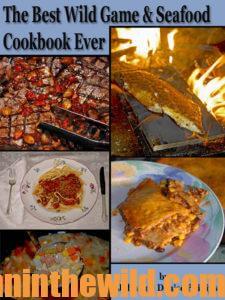 To learn delicious recipes for preparing doves, see John and Denise Phillips’s “The Best Wild Game and Seafood Cookbook Ever: 350 Southern Recipes” at https://www.amazon.com/Best-Wild-Game-Seafood-Cookbook/dp/0692234683. To see others of John’s books on hunting, go to https://johninthewild.com/books/.
To learn delicious recipes for preparing doves, see John and Denise Phillips’s “The Best Wild Game and Seafood Cookbook Ever: 350 Southern Recipes” at https://www.amazon.com/Best-Wild-Game-Seafood-Cookbook/dp/0692234683. To see others of John’s books on hunting, go to https://johninthewild.com/books/.

